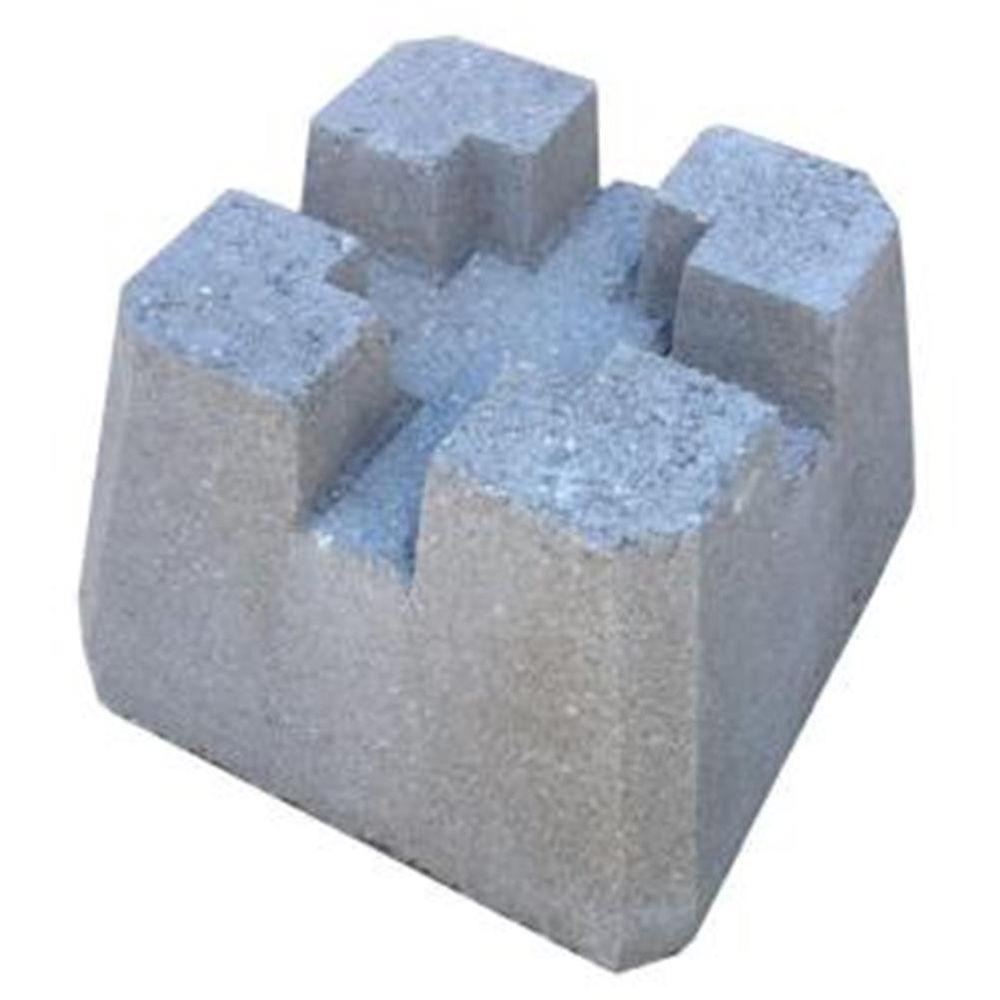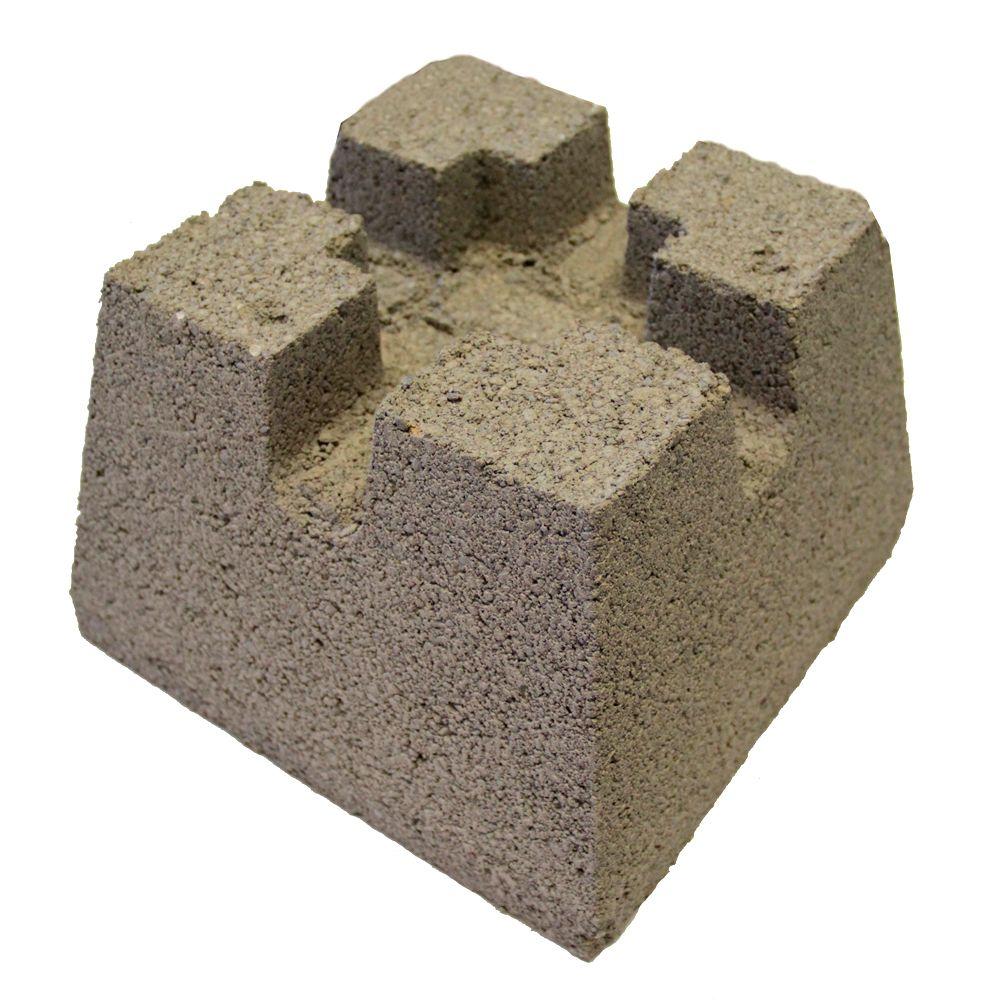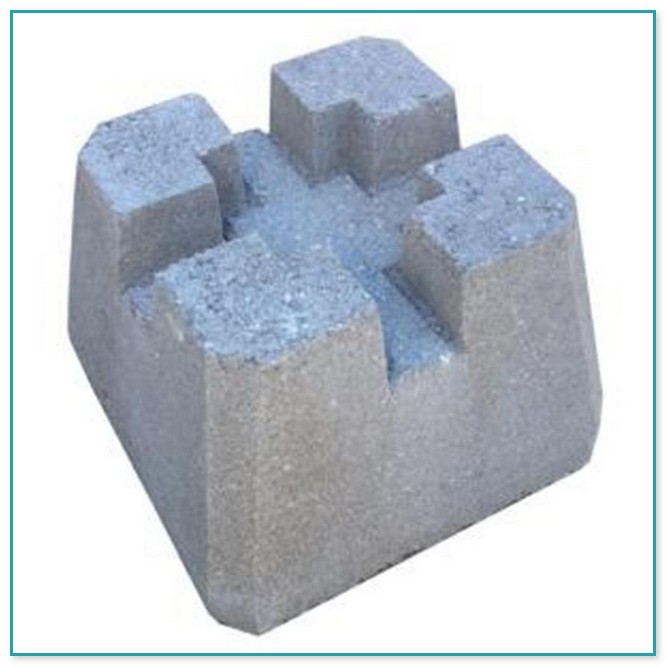


If you're getting ready to build a deck, a new deck, and you've got to put in concrete piers, and you're just wondering how in the world you're going to do that and get it right, look at this. Hi! I'm Tim Carter, and I'm here at the Re-modeler Show in Chicago, and I just stumbled across a really neat booth. The form snaps together in less than a minute and all the horizontal rebar reinforcing comes pre-cut and pre-bent.

This approach is certainly still in use today but, as you can tell from this description, it is not easy.įortunately, not too many years ago, a plastic deck pier form was introduced to the market that creates the footing at the same time as you pour the concrete pier. The trick would be placing the tube or form on the concrete footing in the correct spot and then attaching support boards to ensure it wouldn’t move as you filled the hole with concrete. The vertical concrete pier form might be one you made, or you’d purchase thick round cardboard forms that you cut to the height needed using a hand saw.
#Concrete deck blocks install
Once the footing was smooth and level, you would install two extra pieces of vertical rebar steel to allow you to make a mechanical connection between the vertical concrete pier that you would install the next day. You’d also have to stop occasionally to carefully place short pieces of horizontal reinforcing steel and then add the rest of the concrete. Finishing would find you laying on your belly and reaching down into the hole to get this concrete smooth and level. You’d first have to dig the hole for the pier, usually 24 inches in diameter, then pour a concrete footing. It used to be that this required a multi-step process fraught with frustration. You’d probably be better off to consider using poured concrete piers that you construct on your job site. Don’t forget, the normal deck block has no way to mechanically attach to the wood deck posts other than friction. There are very few places in the USA that have this climate. Precast deck blocks are probably best suited for climates where the frost penetrates into the soil no more than 4 or 5 inches in the winter. Precast Deck Blocks vs Poured Concrete Footings or Piers All concrete used to support decks should have reinforcing steel. Concrete only has one-tenth the strength in tension as it does in compression.

There are more cons to concrete deck blocks than there are pros. It’s a minimalist approach to supporting a deck. Just as you pull on the cap to expose the pen, you can lift up a deck off the blocks. Concrete lugs on the block act like the sidewalls of a pen cap. A wood deck support post fits down inside the concrete pier block. Precast concrete piers must be set with a crane or backhoe on the job site.Ĭoncrete deck blocks are very crude and resemble the cap you might have on a cheap ballpoint pen. They cannot, however, be simply placed at grade level.ĭeck blocks are not to be confused with real concrete piers that are either precast and weigh hundreds and hundreds of pounds or with piers you cast in place using precut rebar reinforced plastic forms that can easily be placed and handled by the average person. They must have a sufficient bearing area (the area of the block that sits on the earth) and be a minimum of 12-inches below grade, or below the local frost depth. They’re subject to all of the same requirements as a typical footing, regardless of not being cast-in-place. What are Concrete Deck Blocks?Ī deck block is in many ways just a simplified version of a “precast foundation,” a foundation type recognized by building codes. Perhaps the biggest drawback to concrete deck blocks is their limited potential as you never want to bury them in the ground thus causing potential rot issues with the wooden deck posts. They are just one option for support deck weight and come with certain pros and cons. Their purpose is to spread out the extreme concentrated loads at the bottom of wooden deck posts onto strong soil. Concrete deck blocks are primitive building materials that look similar to children’s toys that snap together to build things.


 0 kommentar(er)
0 kommentar(er)
